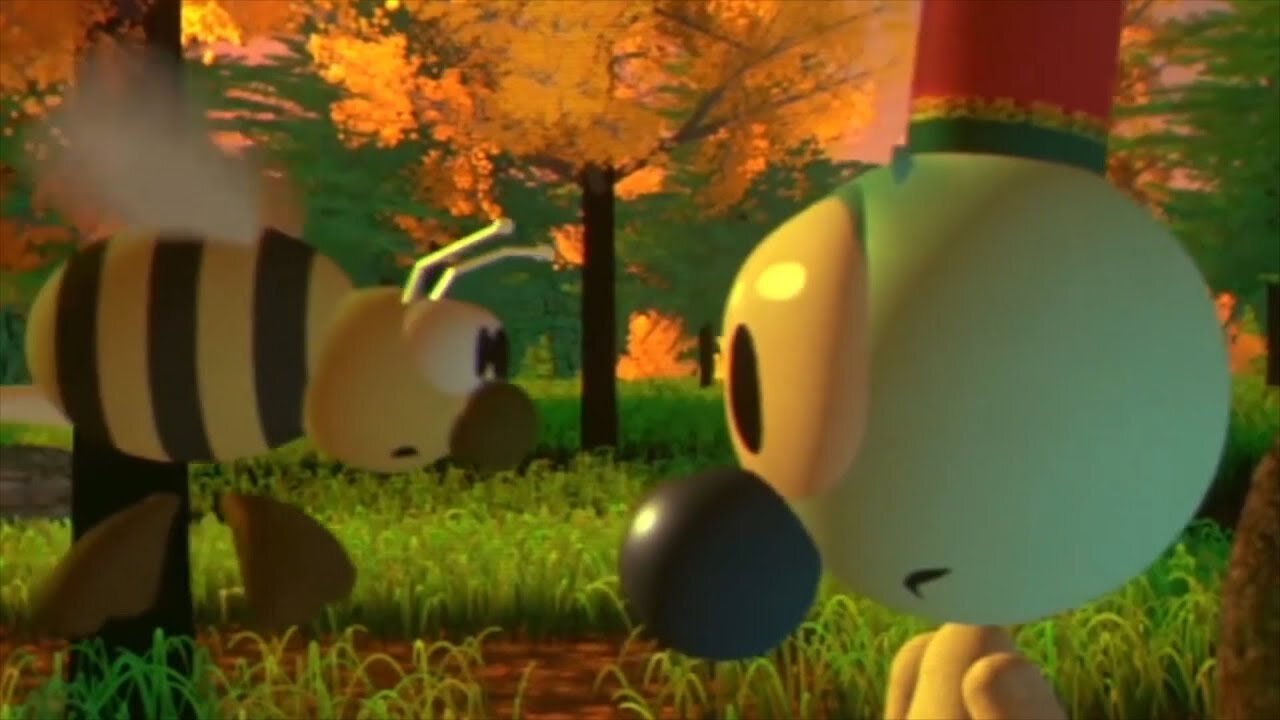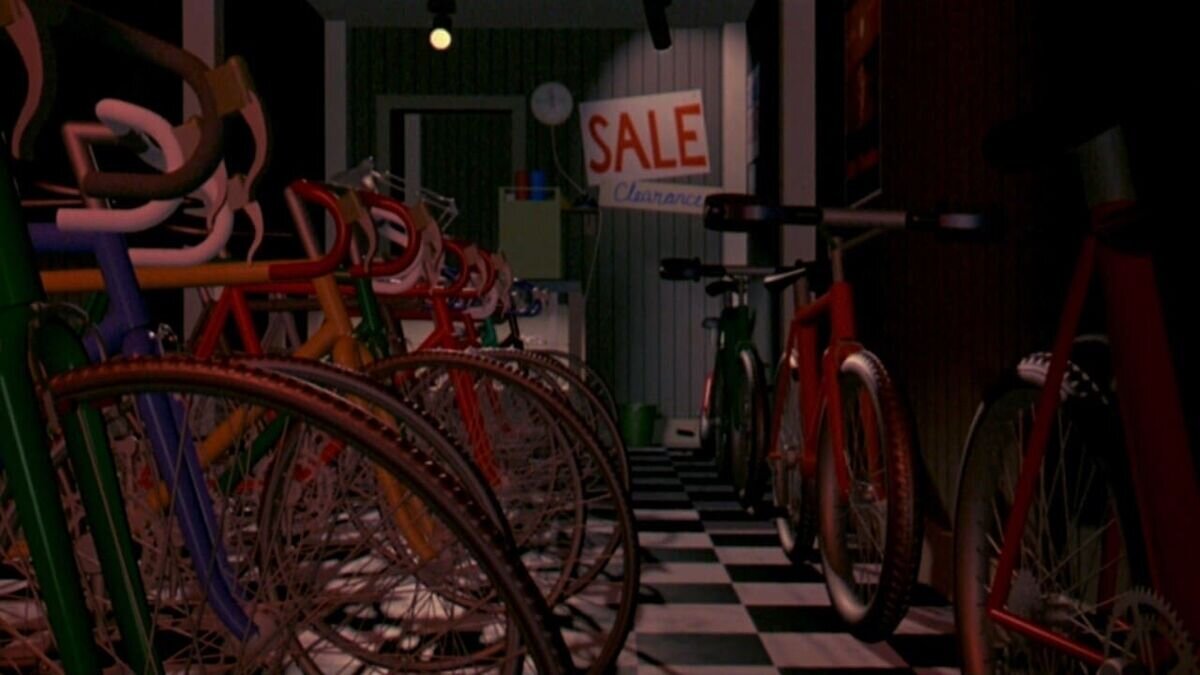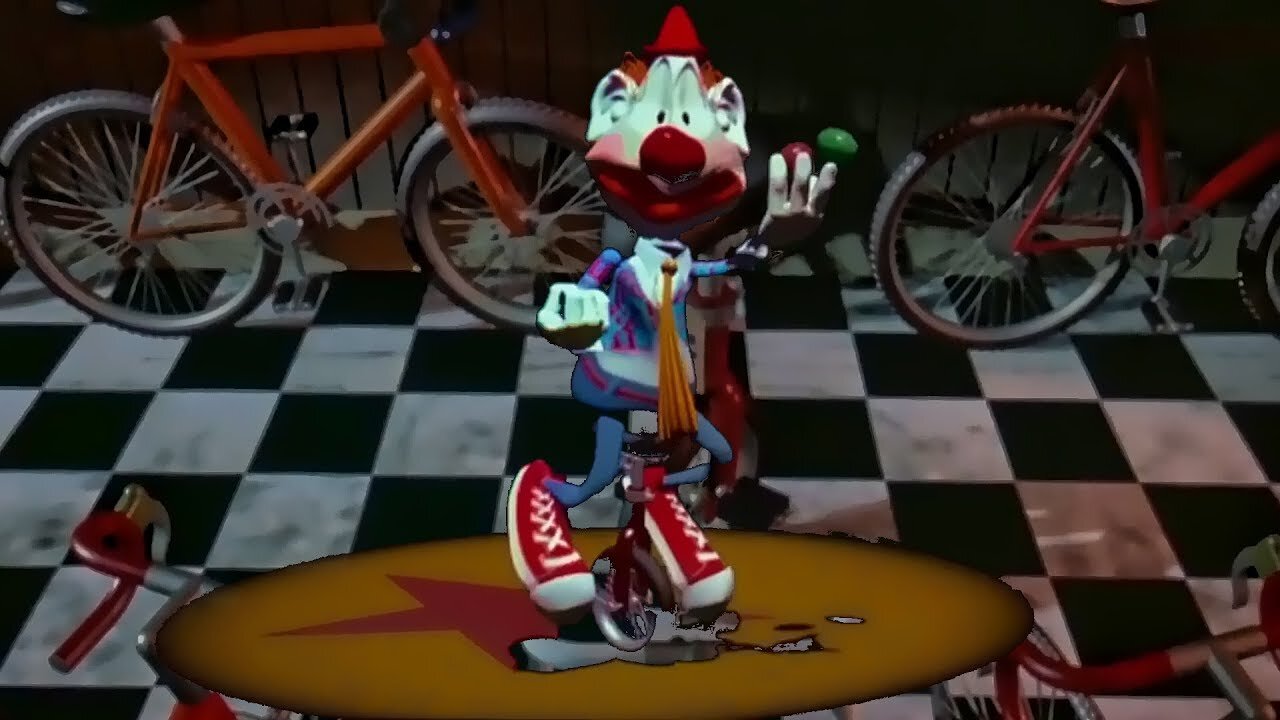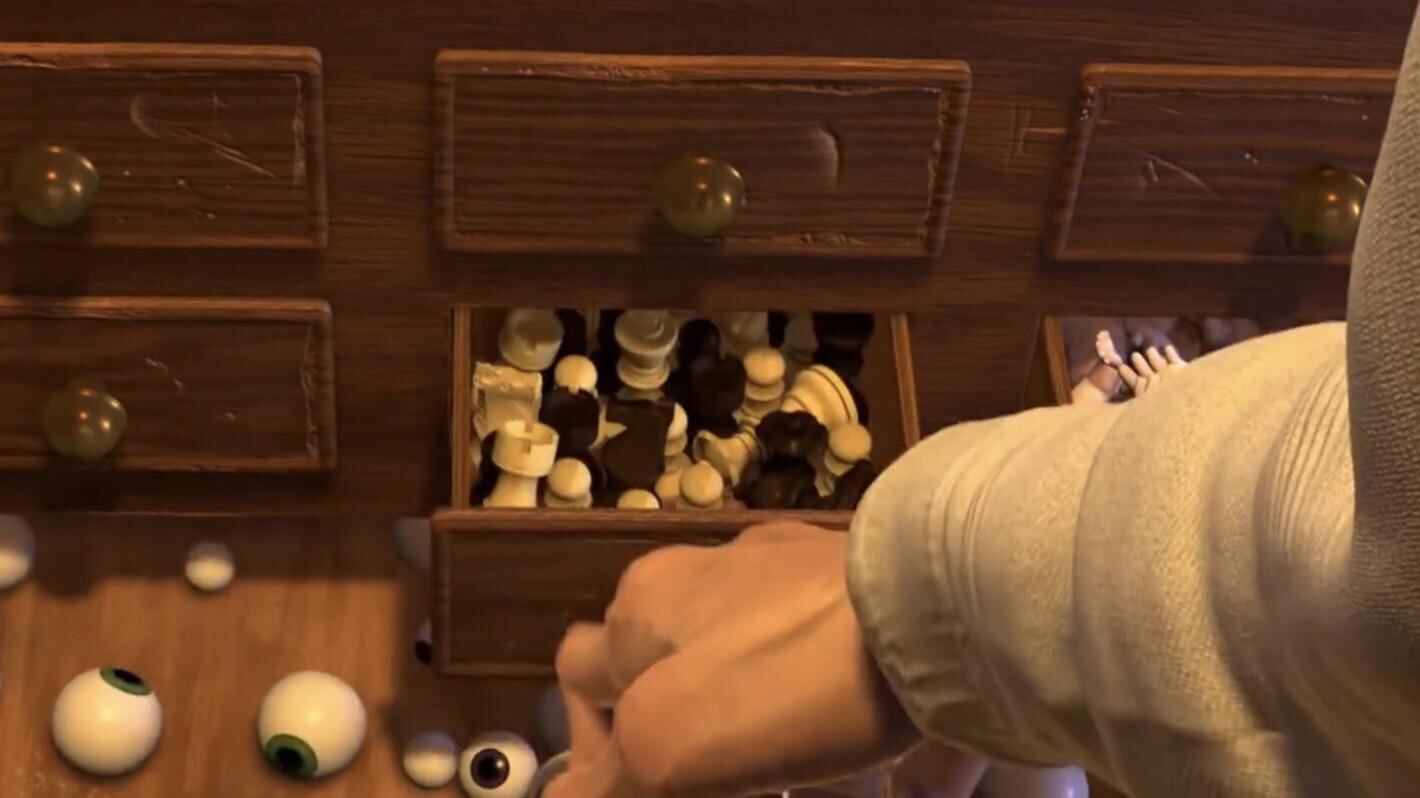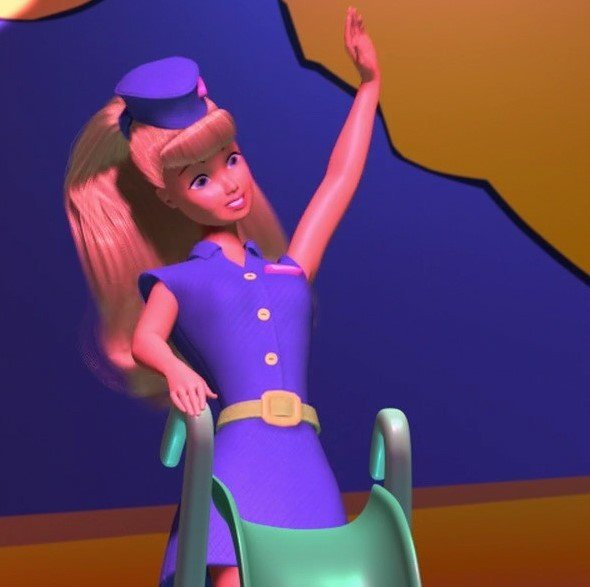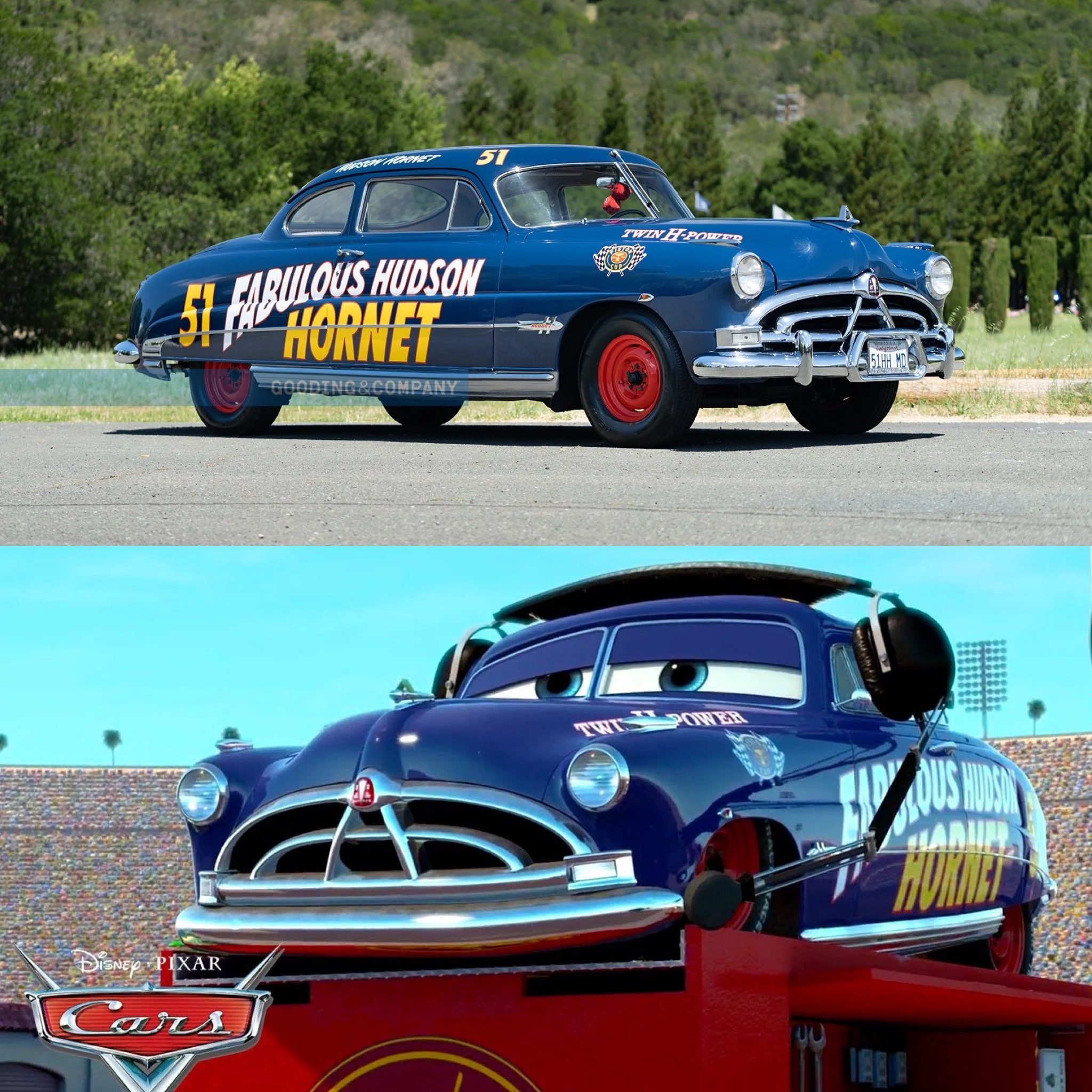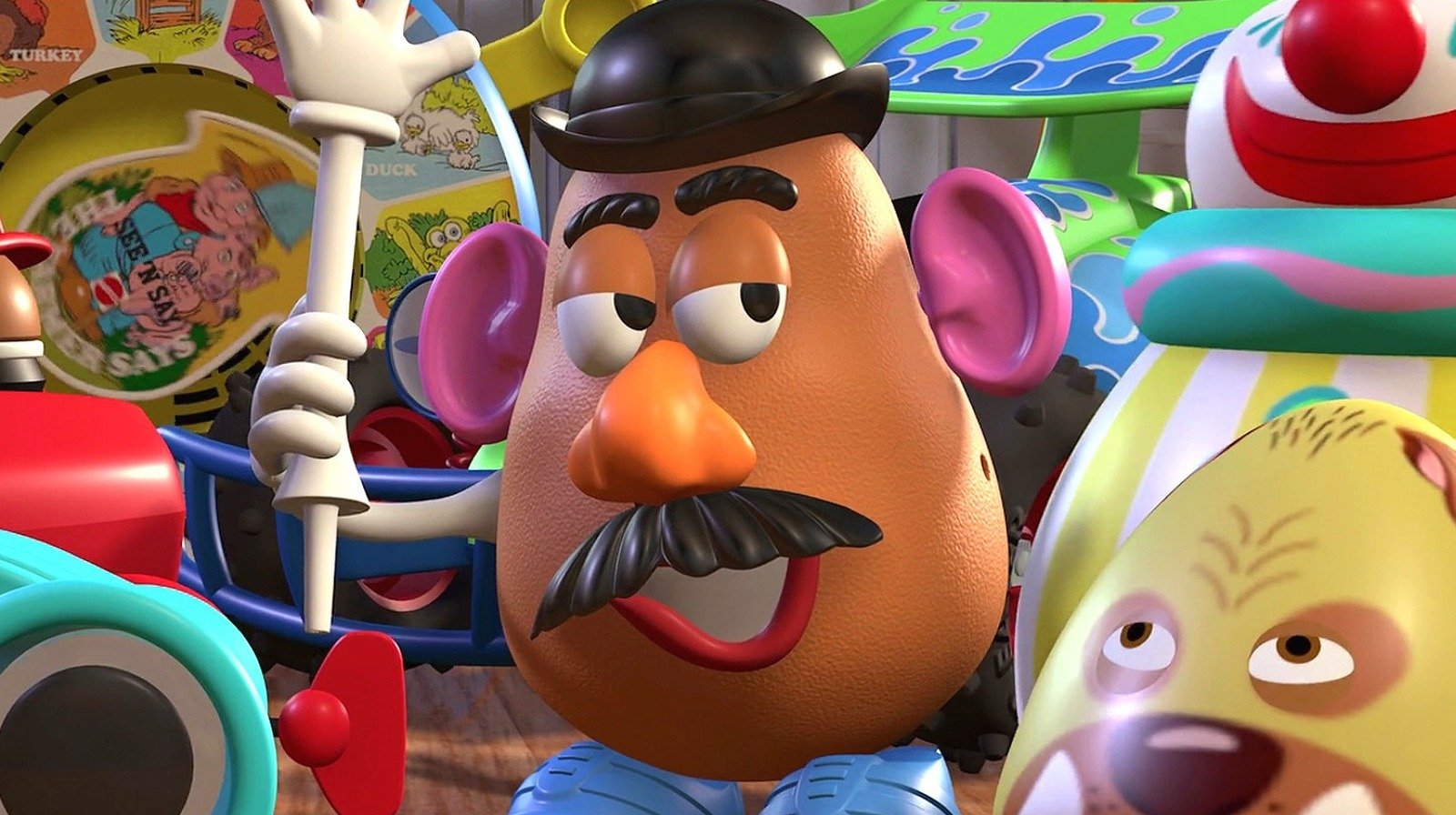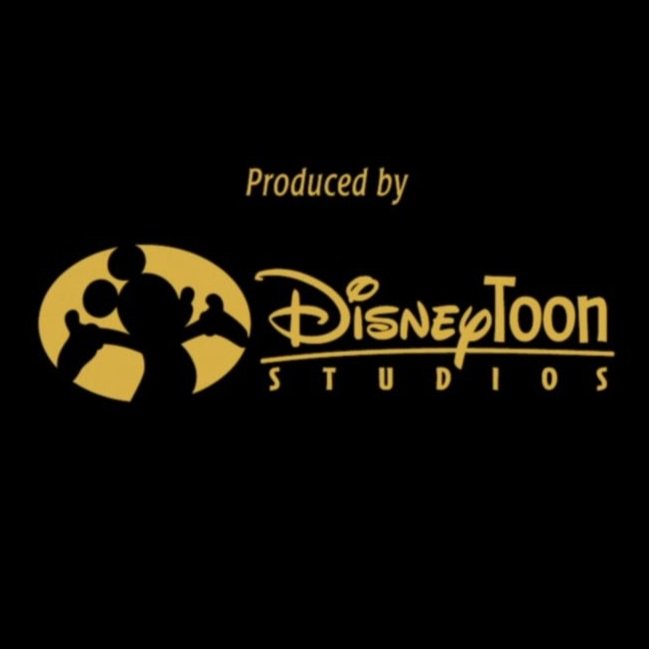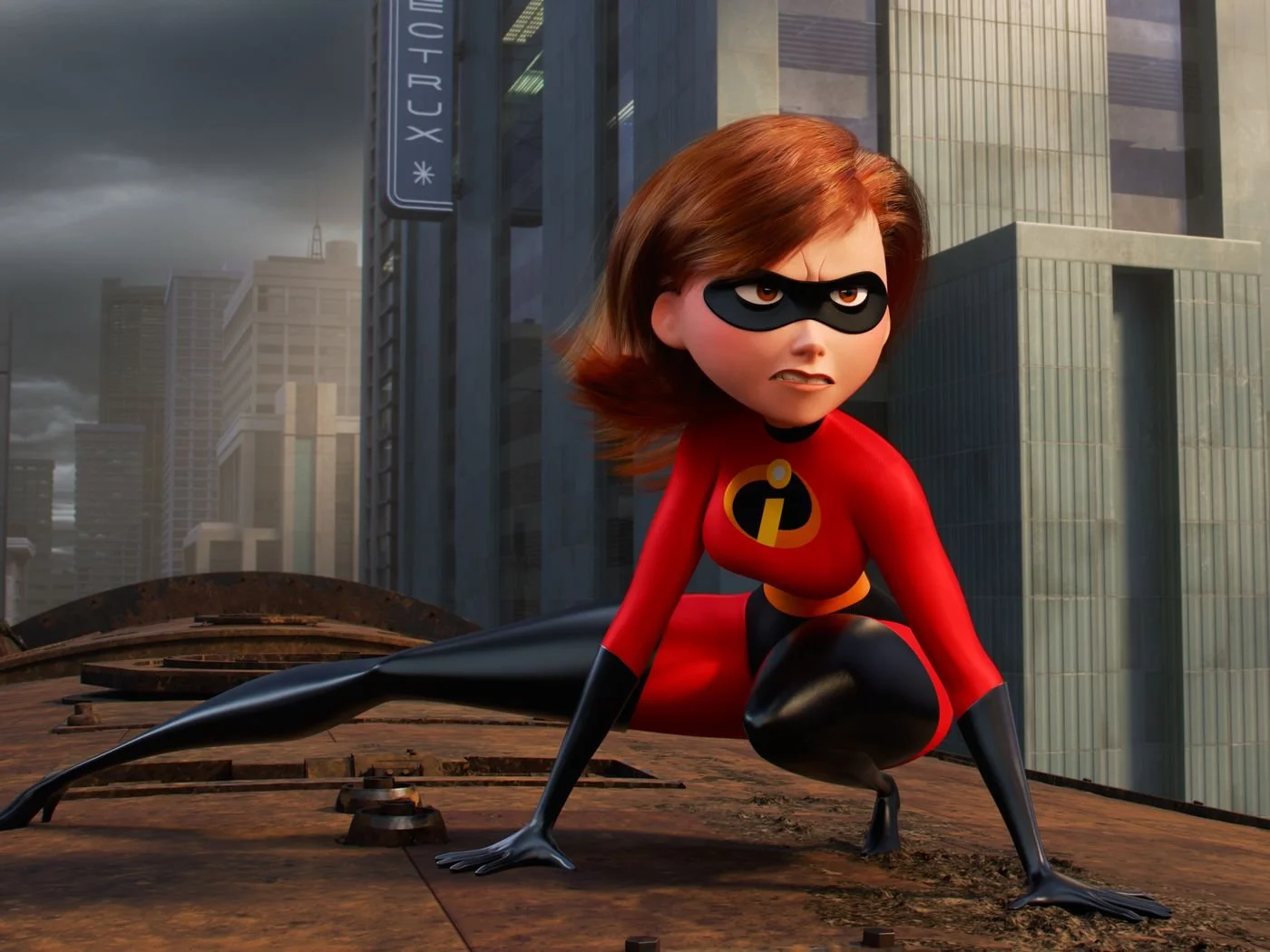The Innovations of the First 5 Pixar Shorts
Pixar has not only infiltrated the computer animation world and made it what it is today, but it has also taken over the short film entertainment industry as well. When Pixar was still a part of Lucasfilm Ltd., employee John Lasseter decided to create the very first computer animated short film - The Adventures of Andre and Wally B. It was shown at a conference in 1984. This was just the beginning of many decades worth of Pixar short films.
The Adventures of Andre and Wally B. Image from: https://www.youtube.com/watch?v=dVg8YGWgnnE
Luxo Jr. (1986) Shapes and Mascots
Once Pixar became it’s own studio in 1986 under CEO Ed Catmull, one of their first animation projects was to create Luxo Jr. The public was still unsure about computer animation - and studios were even more unsure about how successful that industry could be since hand-drawn animation had done so well with Disney. At the time of The Adventures of Andre and Wally B, animators only knew how to work with geometric shapes, but had a hard time making all of the movements look fluid. Luxo Jr. was the first time they were able to make even more interesting shapes with the desk lamp, the lamp cords and the shadows. The leap in quality between the two is extremely evident. Luxo Jr. was released in 1986 at the SIGGRAPH conference.
Luxo Jr. Image from: https://www.youtube.com/watch?v=FI0T0Oj7WFE
According to the official Pixar website, Lasseter merely chose the nearest object to him to experiment with, which ended up being the lamp. Pixar had not yet created a “mascot” for the company, and had no idea this little desk lamp would become the face of the studio forever.
Luxo Jr. was a nominee for Best Animated Short Film at the 1987 Oscars. In 2014, it became a part of the National Film Preservation Board for the National Film Registry.
“Luxo Jr. sent shock waves through the entire industry – to all corners of computer and traditional animation. At that time, most traditional artists were afraid of the computer. They did not realize that the computer was merely a different tool in the artist’s kit but instead perceived it as a type of automation that might endanger their jobs.”
Red’s Dream (1987) Nighttime Scenes and Human-Like Characters
The next year, Pixar wanted to continue their journey and release another short film that year, but they also wanted it to be even better than the last. Red’s Dream was about a little red unicycle who had dreams of performing with a clown and being a massive success, only to remember he is a sale item at Eben’s Bikes.
The jump from Luxo Jr. to Red’s Dream was also an obvious quality upgrade. Instead of the black shadowy background that Luxo Jr. had, they created an entire nighttime outdoor scene and a detailed bike shop. It wasn’t common to do animated shorts set at night, so that was a big feat. The raindrops and puddles were also a challenge at the time, but they are prominently placed in the film to show off the progress the studio had made. Lumpy the Clown was the first more “human”-like character they had made as well, adding details such as facial movements and blinking.
Red’s Dream was released in July of 1987 and is the only Pixar short that did not end up being paired up with a feature film in later years.
Red’s Dream. Image from: https://letterboxd.com/film/reds-dream/
Red’s Dream. Image from: https://www.youtube.com/watch?v=NUGduKQ8uMo
Tin Toy (1988) Realistic Movements and Academy Awards
Tin Toy is the first piece of work from Pixar that started to feel like the classic Pixar that we know now. One of the biggest giveaways is that it’s a little one-man-band toy named Tinny, who is afraid of Billy the baby at first, then tries to make him laugh by playing for him. This is very reminiscent of Toy Story, Pixar’s first film that came out a few years later.
Tin Toy. Image from: https://www.imdb.com/title/tt0096273/
When the idea of Tin Toy came about, Lasseter approached Steve Jobs, then CEO of Pixar, to finance the short film. The budget for the short film was $300,000 and it was made using Pixar’s Pixar Image Computer. It was also the first time Pixar’s other invention PhotoRealistic RenderMan software was used. Tin Toy is the first time a “realistic” baby had been animated digitally, allowing the joints to move freely as a real baby’s would. The facial movements of the baby were also upgraded since Lumpy the Clown.
The baby in Tin Toy. Image from: https://www.metatube.com/en/videos/438700/Pixar-Short-Film-Tin-Toy/
Tin Toy premiered at the SIGGRAPH convention as it’s predecessors did in August 1988. It won the Academy Award for Best Animated Short Film that same year, which was Pixar’s first Academy Award ever. It premiered again with Toy Story in 1995. Tin Toy is now preserved at the US National Film Registry since 2003.
Knick Knack (1989) Plot and Legacy
Knick Knack is unarguably one of the most famous Pixar shorts ever. Not only was it rereleased when Finding Nemo hit the theatres in 2003, but the little ambitious snowman and the Bobby McFerrin music has been engrained into children’s minds forever. The animators and writers wanted to work with plot this time and use what they had. The original version of Knick Knack, which was censored shortly after, was about a snowman who lived inside of a snow globe, looking for ways to break out of it after seeing Miami beach themed bobble heads living their life on the shelf. The short film remained almost exactly the same once it was released, except that the blonde Miami bobble head’s breasts were no longer a focal point of the short as they originally were.
Knick Knack is a culmination of the other short films before it, using the shininess of Tinny’s “plastic” look for the bobble heads, the water and bubble effects from Red’s Dream and the geometric shapes from The Adventures of Andre and Wally B. and Tin Toy. It was the last short film to be made before the release of Toy Story. It won Best Short Film at the Seattle International Film Festival in 1990. There is now a merchandise shop at Pixar Pier in California Adventure called Knick’s Knacks.
Knick Knack. Image from: https://www.pinterest.ca/pin/363736107381310607/
Geri’s Game (1997) Fully-Human Characters and Clothing
The studio took almost a decade long break from Pixar shorts, and focused on their feature-length films with Disney that were going extremely well. They returned again in 1997 with Geri’s Game, directed by Jan Pinkava. The film follows Geri, an old chess player in the park playing a game of chess against, well, himself. The shots go back and forth showing him on each side of the board, one side somehow losing, and the other gloating. The losing Geri fakes a pain in his chest and falls to the ground, just to swing the winning side of the board to his side. The short ends with a mischievous laugh after he puts his dentures in.
The progress in innovations and quality that the studio had made between the time of Knick Knack and Geri’s Game were incredible, as Toy Story, Toy Story 2, and A Bug’s Life were all made during that period. The focus on this film was working on realistic human movements an working with cloth material. Geri’s Game was released in November 1997 and was rereleased exactly a year later with A Bug’s Life. It won the Academy Award for Best Short Animated Film in 1998.
Geri’s Game. Image from: https://www.imdb.com/title/tt0131409/
Geri has since made reappearances in the Pixar universe, including as the toy cleaner in Toy Story 2. There is also a small photo of Geri behind the cash register in Toy Story 4 if you look hard enough. It’s been theorized that Geri might have been the antique shop owners husband.
Geri’s chess pieces in Toy Story 2. Image from: https://www.reddit.com/r/MovieDetails/comments/8e4ci8/in_toy_story_2_1999_as_the_restorationist_is/
Reference List:
https://infostory.com/2013/08/17/computer-animation-from-fantasmagorie-to-monsters-university/
https://www.imdb.com/title/tt0091455/awards
https://www.pixar.com/reds-dream
https://en.wikipedia.org/wiki/Tin_Toy
https://www.britannica.com/topic/Pixar-Animation-Studios
https://www.youtube.com/watch?v=dbkG9PpHuQk
https://en.wikipedia.org/wiki/Knick_Knack#cite_ref-PixarTouch03_5-4
https://www.pixar.com/geris-game
